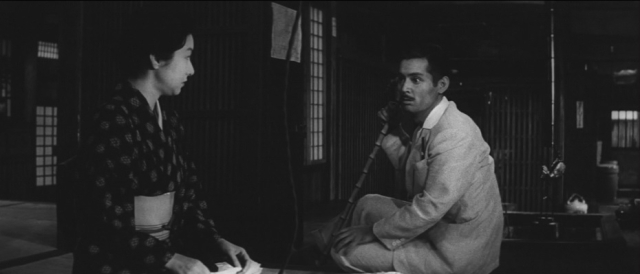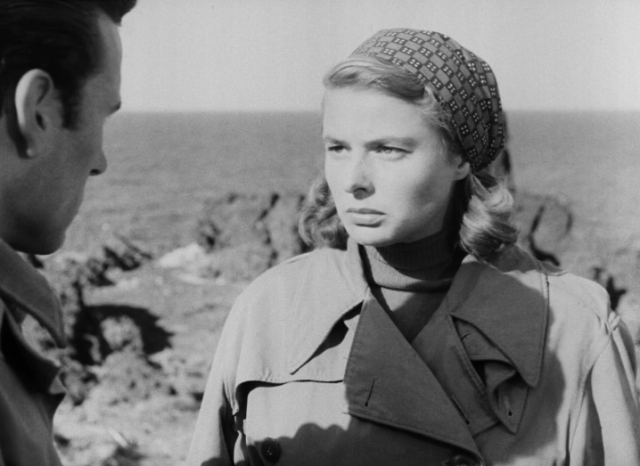
Ages and ages ago, as recorded in my very first post on this blog, I decided to view and write about all of Yasujirô Ozu’s extant films in chronological order. For one reason or another, I never made it very far, only managing to get through Days of Youth, Fighting Friends — Japanese Style and I Graduated, But… before abandoning — or simply forgetting about — the project. At some point, I hope to pick up where I left off, though I’ll probably wait until the Criterion Channel launches in April, which should (fingers crossed) give me access to the bulk of his work. (Side note: Is there any legal way to watch The Munekata Sisters, preferably with English subtitles? It’s the only one I still haven’t seen. Anyway…)
For the time being, however, I’d like to attempt the same project with the films of François Truffaut. I’ve already written about quite a few of them here, but I hope to avoid retreading too much old ground; I think that the chronological format will help foster new insights, and these posts will probably be a bit more informal in style than the others, though we’ll see how things develop. The plan at this point is to publish one write-up per month, starting later this month.









